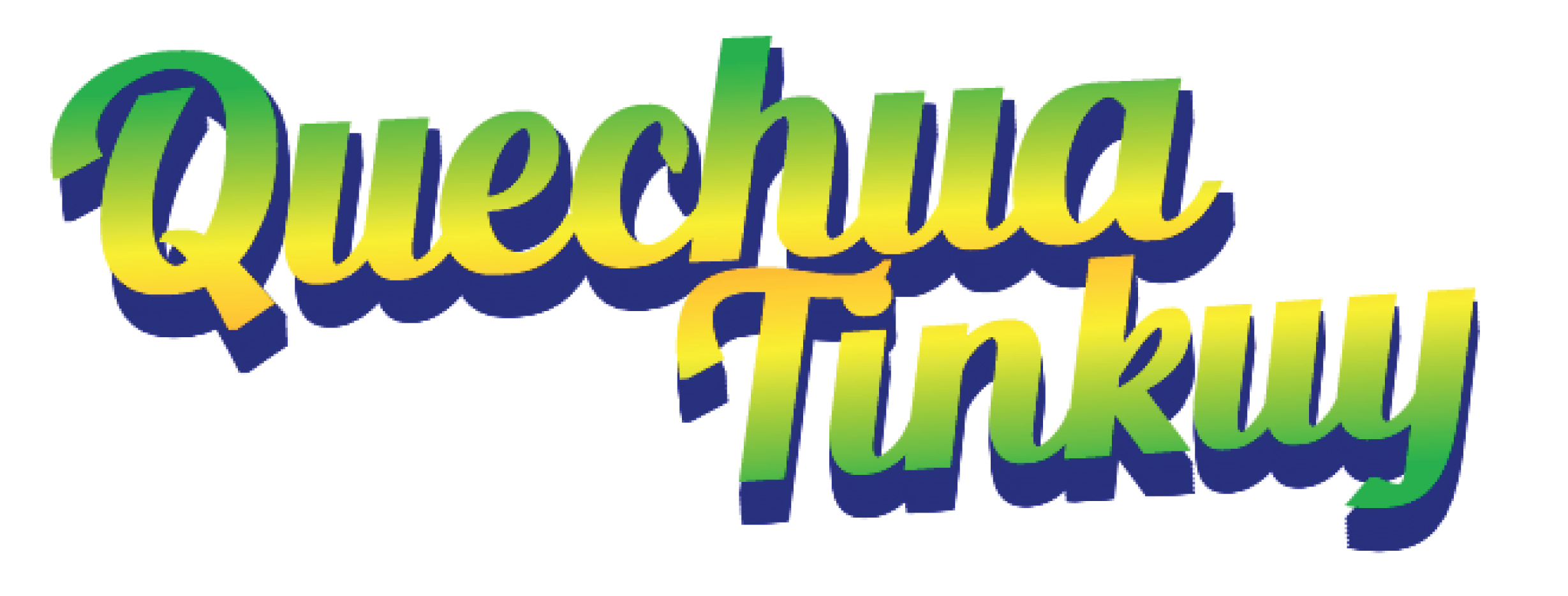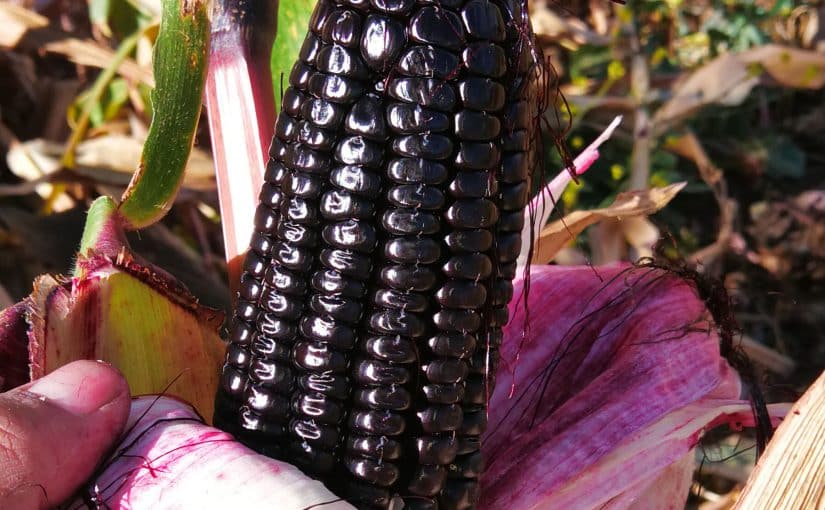
Qallarinapaq | Introduction
In Quechua culture colors have a very important meaning that is closely linked to Andean culture. This is evident in the dance, weaving, painting, and handicrafts, among other expressions. In some indigenous towns we identify with certain colors depending on our geographic location and that is expressed through our clothing. For example, in the towns in the Apurímac region, the most characteristic poncho is the color brown (or other dark colors) and in the towns in the region of Cusco, the poncho or clothing is the color red (a red hue) and it varies in this way in each place.
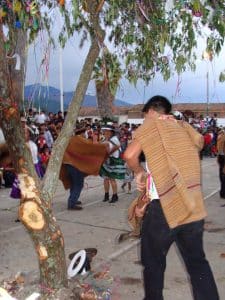
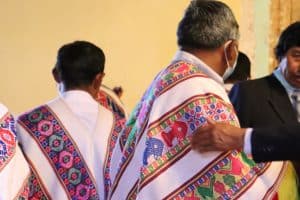
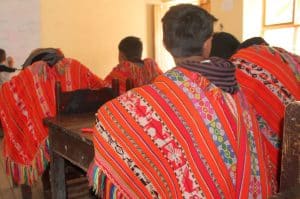

Qillqa | Grammar
The structure that we will follow in the unit is the following:
Yana sara
Adjective Subject
Next, click on the play icon and repeat out loud:
| Color | Quechua | English |
|---|---|---|
| Yana sara | Black corn | |
| Yuraq quwi | White guinea pig | |
| Puka t’ika | Red flower | |
| Q’umir sach’a | Green tree | |
| Kulli sara | Purple corn | |
| Uqi michi | Grey cat | |
| Anqas p’acha | Blue clothes | |
| Q’illu sara | Yellow corn | |
| Ch’umpi waka | Brown cow |
When you want to express the intensity of a certain color, you repeat the word. For example:
- Pukay puka t’ika
Very red flower - Yura yuraq sara
Very white corn - Yanay yana manka
very black pot - Q’illuy q’illuy inti
very yellow sun

Rimanakuna | Vocabulary
Throughout this unit there is the following vocabulary:
| Sara | corn |
| T’ika | flower |
| Sach’a | tree |
| Michi | cat |
| P’acha | clothing |
| Manka | pot |
| Inti | sun |

Ruwapakuy | Exercises
Colors – Pawkarkuna
Yana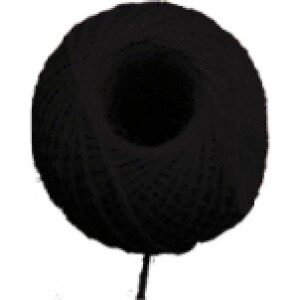
Yuraq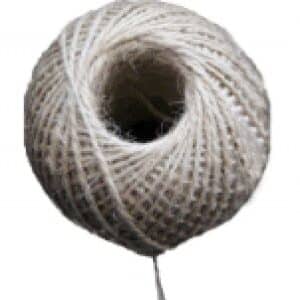
Puka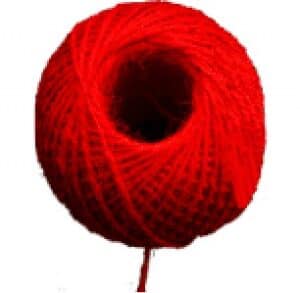
Q’omer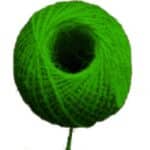
Kulli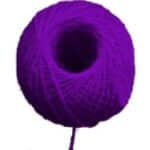
Oqe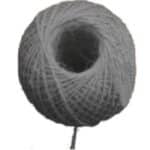
Anqas
Q’ello
Ch’umpi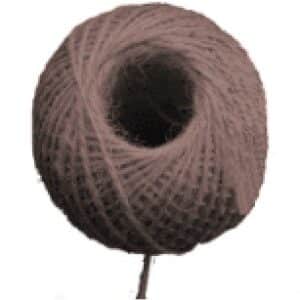
Exercise 1:
This exercise has 2 steps:
Fill in the color that corresponds to each image
In the answer section, click on the play icon and repeat out loud.
¡Qallarisun! / Let's get started!
Example:
Sara – corn
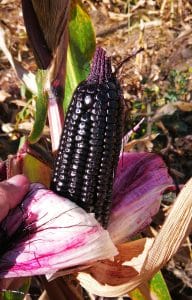
T’ika – flower
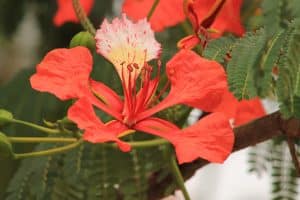
Quwi – guinea pig
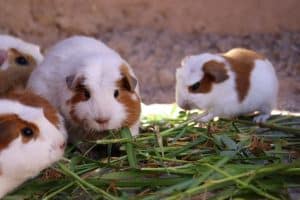
Waka – cow
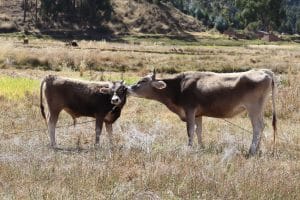
Sach’a – tree

Sara – corn
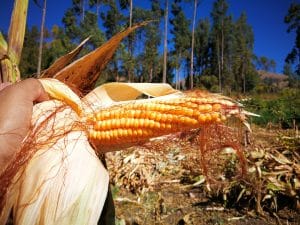
P’acha – clothing
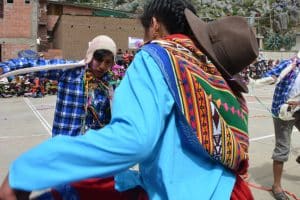
After completing this activity, revisit each of the answers, click on the play icon, and repeat out loud:
Answers
a)
b)
c)
d)
e)
f)
g)
Exercise 2:
For the following exercise, in your notebook write 4 phrases using the vocabulary from this unit and emphasizing the intensity of a color.
Example:
Pukay puka t’ika.
Very red flower.
- _________ _________ __________.
- _________ _________ __________.
- _________ _________ __________.
- _________ _________ __________.
